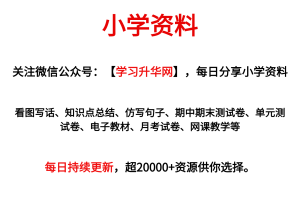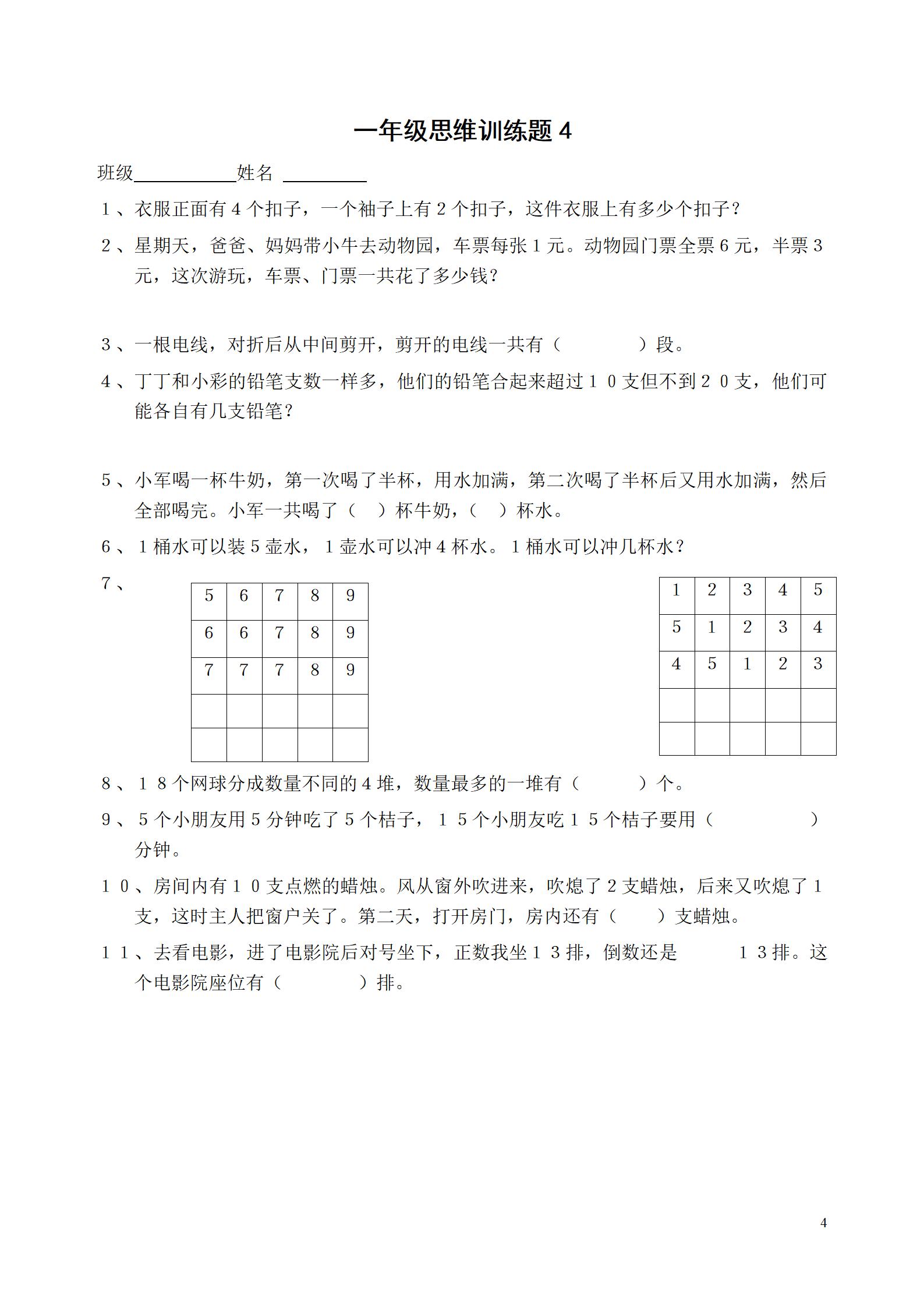Chinese New Year is an important festival celebrated by Chinese people around the world. It is a time for family reunions, delicious food, colorful decorations, and joyful celebrations. In elementary schools, teachers and students often take the opportunity to learn about the traditions and customs of this special holiday.
During the weeks leading up to Chinese New Year, classrooms are transformed into bustling centers of cultural exploration. Teachers introduce the origins of the holiday and explain the significance of the twelve zodiac animals. Students are encouraged to create their own zodiac crafts and share interesting facts about their animal signs.

In art classes, children unleash their creativity by making paper lanterns, red envelopes, and traditional Chinese masks. They learn about the symbolism behind these decorations and the roles they play in warding off evil spirits and attracting good luck. The vibrant colors and intricate designs mesmerize both students and teachers alike.
As part of the curriculum, students explore Chinese New Year traditions through storytelling. They are captivated by tales of the mythical beast Nian and the heroic deeds of the old man who saved his village. These stories not only entertain, but also teach important moral values such as bravery, compassion, and unity.
Another popular activity is learning and performing traditional Chinese songs and dances. Teachers guide students through lively routines, teaching them the steps and movements associated with the Lion Dance and the Dragon Dance. These performances not only foster teamwork and coordination, but also provide a means for students to appreciate the rich heritage of Chinese culture.
Food is an essential part of any celebration, and Chinese New Year is no exception. Elementary school cafeterias offer special menus featuring traditional Chinese dishes such as dumplings, spring rolls, and tangyuan (sweet glutinous rice balls). Students have the opportunity to taste these delicacies, as well as learn about their symbolic meanings and auspicious connotations.
To culminate the festive period, elementary schools often organize grand New Year assemblies and activities. Students showcase their talents through poetry recitations, calligraphy exhibitions, traditional instrument performances, and even traditional costume parades. These events not only encourage creativity and self-expression, but also foster a deeper understanding and appreciation for Chinese culture among the younger generation.
As the Chinese New Year festivities come to an end, students return to their regular routines enriched with a newfound appreciation for the customs and traditions of this important holiday. Through engaging activities and educational experiences, elementary schools provide a platform for students to learn about and embrace the cultural diversity symbolized by Chinese New Year.
In conclusion, exploring the traditions of Chinese New Year in elementary schools not only promotes cultural appreciation, but also fosters creativity, teamwork, and moral values among students. By understanding and respecting the customs and practices associated with this festive season, young learners develop a broader worldview and a deeper appreciation for the vibrant tapestry of global cultures.



_02.png)




